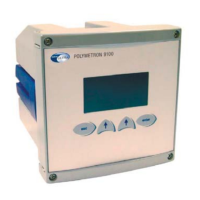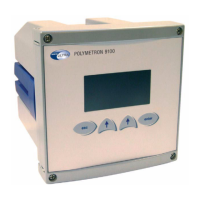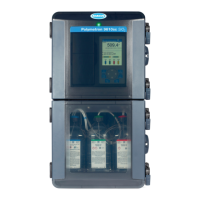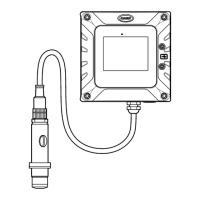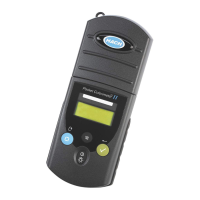What to do if the calibration parameters are questionable in Hach polymetron 9240?
- IIan NelsonAug 20, 2025
Questionable calibration parameters in Hach Measuring Instruments can arise from several factors. The electrode may be too slow; in this case, set the activation setup to 24 hours frequency. Manually activate the electrode by immersing it for 10 minutes in activation solution. If the problem persists, change the electrode. Check and refill the calibration canister if the calibration solution is empty. If the calibration solution is polluted, replace it. If the drain valve cannot open, change the valve. If the drain pump is inefficient, remove it and clean the internal valve. Ensure the analyzer frame is installed vertically.



